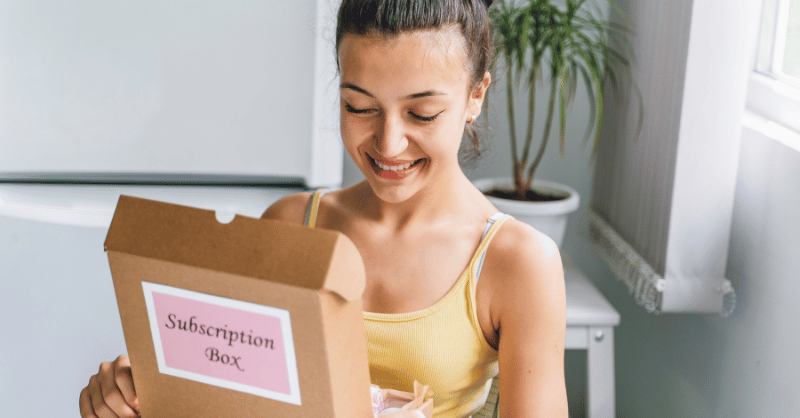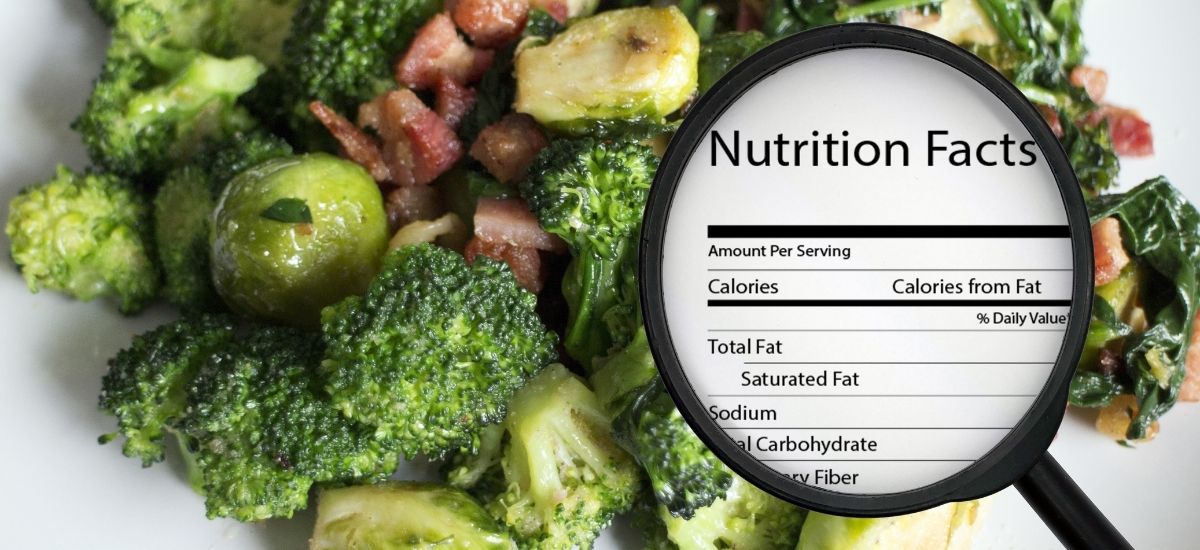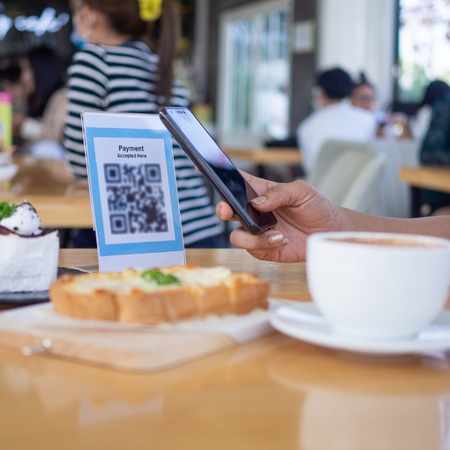Key Takeaways
Pandemic had us pivoting our lives and businesses in the most unexpected ways. Who knows this better than restaurant owners for whom the only source of income was lunch and dinner rushes. Today, the majority of customers have had developed the habit of takeaway and online ordering, and anyone who chooses to visit restaurants for a sit-down meals ain't doing it without the contactless ordering system. If you got to sell them your food, you have to provide them the options to interact with your business in the most safe way possible, and that's only possible with the digital ordering system. But then with so many restaurants already hitting the top gear with their existing digital ordering model, do you think it's too late for your independent restaurant or food truck or perhaps, a corner-side cafe to jump onto the bandwagon?
If you feel like you missed the boat, the good news is this: you didn't yet. In our opinion, and what statistics suggest, now it the best time to acquire a digital-first future:
Reduction of reliance on manpower
Automating reduces the reliance on external forces, such as the manpower, and frees up staff resources. You can reduce the need for servers during peak hours by having an e-menu at every table, so that orders do not need to be taken down by your servers. This will free up servers to take care of more critical processes.
You will also reduce the chances of making mistakes while taking orders and the instances of misplacing orders by eliminating the need to hire the right restaurant staff, train them, and retain them. The possibility of sending the wrong order to your customers is nearly zero. There is little room for error in a digital restaurant menu because it is highly accurate.
Menu Updation Easily And Smooth Customer Service
If your POS system integrates a digital restaurant menu, all pricing and menu modifications can be managed remotely and get them updated on the digital restaurant menu. A conversational experience similar to human chat can also be used to digitize customer engagement. The users can interact with the restaurant in the same way as if they were chatting with a friend. In this conversation, the restaurant can refer to available additional information like specials, history, loyalty programs, personal recommendations, recipes and such that would give the personalized feel. These conversations can be conducted via WhatsApp or SMS.
Improves customer experience
Since the digital restaurant menu will enhance your overall guest experience, it is highly beneficial for your restaurant. By featuring stellar HD photos on the tablets, you will be able to make your food items look more appealing. With a mobile app, website, kiosk, and loyalty program, you can paint a comprehensive picture of all your customers. Analyze the factors to understand what they order, when and where they visit, how they react to offers, and what motivates them to buy.
With the help of well-placed promotions, customers can become more frequent visitors, encourage them to join loyalty programs, and motivate them to become regulars.
Let’s Customers Find You Easily
Ensure that you are properly indexed by search engines like Google, so people can find your business online.
It's important that you optimize Google My Business by including a better description of what you stand for, your specials, directions, and other features unique to your establishment (e.g. valet parking), along with recent photos of your business that are added by both you and your customers.
Encourage your customers to review your restaurant. Consumer behavior can be significantly shaped by online reviews posted on Facebook, Google, Yelp, and Tripadvisor. Google remains the top review site. Zero-click searches, which rose to 65%, mean more users are reading reviews directly on Google.
How Restaurants Are Benefitting From Digitizing?
The below listed instances of Taco Bell, Burger King and Shake Shack prove that the trend of restaurants going digital is not going away anytime soon.
- Taco Bell intends to expand its digital presence with a "Taco Bell Go Mobile" restaurant concept. This new format is only 1,325 square feet, much smaller than the conventional 2,500-square-foot that a normal Taco Bell restaurant would have been. Customers who order through the chain's mobile app will be able to drive through the drive-thru lane for priority pickup. You can also pick up your order at the pickup shelves within the restaurant. There are locations where diners can order and collect their orders in a variety of ways, and if they choose Taco Bell's recommended route, they will earn additional loyalty points.
- Shake Shack started out by building pop-up drive-thrus and curbside pickups to combat the pandemic, but later remodeled some of its stores to include walk-up windows and drive-thrus. It is expected that seven to nine Shack Track retrofits will be completed by the end of the year. As part of its plans, the company plans to open its first drive-through location in the near future. Over the next two years, the company plans to build five to eight drive-thrus.
- In October, Burger King announced several new features focused on off-premises restaurants. Innovations include dedicated mobile ordering and curbside pickup areas, walk-up and drive-up lanes, outdoor dining, as well as double- and triple-lane drive-thrus equipped with digital menus. Compared with a standard Burger King, the stores will be 60% smaller and 100% touchless.
Start Small, But Do
It's not important to implement all kinds of technologies an system in one go. As we know the initial investment can be quite overwhelming for restaurant businesses that already going through the aftereffects of the crisis. You can start small. For the restaurant brand that is yet to pivot digital, can always resort to some of the quickest, easy digital restaurant technology, for example, QR code menus.
The restaurant technologies are a lot easier to use and deploy than they sound. Many restaurateurs have seen their business bounce back after implementing new tools. The increase in efficiency of ordering and paying has caused their business to increase in some instances even more than before. Adapting quickly has allowed these restaurants to turn adversity into opportunity. Making the switch to digital not only allows restaurants to survive, but also to thrive. And it is not too late to jump on the digital trend.
Frequently Asked Questions


.gif)








